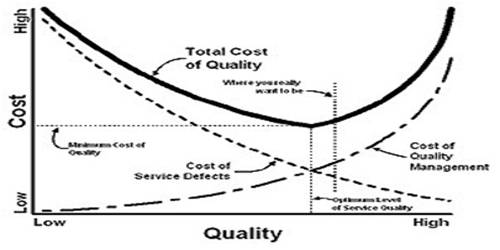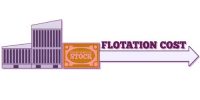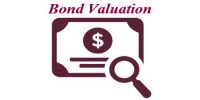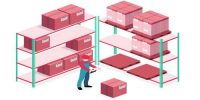The capital structure shows the composition of a group’s liabilities as it shows who has a claim on the group’s assets and whether it is a debt or equity claim. It is how a firm finances its overall operations and growth by using different sources of funds.
Trade-off model: When the MM and Miller models are modified to reflect financial distress and agency costs, the modified models are called trade-off models. It is the initiative that a company chooses how much debt finance and how much equity finance to use by balancing the costs and benefits. The optimal capital structure is found by balancing the tax shield benefits provided by leverage against financial distress and agency costs, so the costs and benefits of leverage are “traded off’ against one another.
The trade-off theory states that the optimal capital structure is a trade-off between interest tax shields and cost of financial distress:
Value of firm = Value if all-equity financed + PV (tax shield) – PV(cost of financial distress).
The trade-off theory states that capital structure is based on a trade-off between tax savings and distress costs of debt. Firms with safe, tangible assets and abundance of taxable income to shield should have high target debt ratios. For the maximization of the value of the company, the company is usually supposed to substitute equity for debt or debt for equity.
















